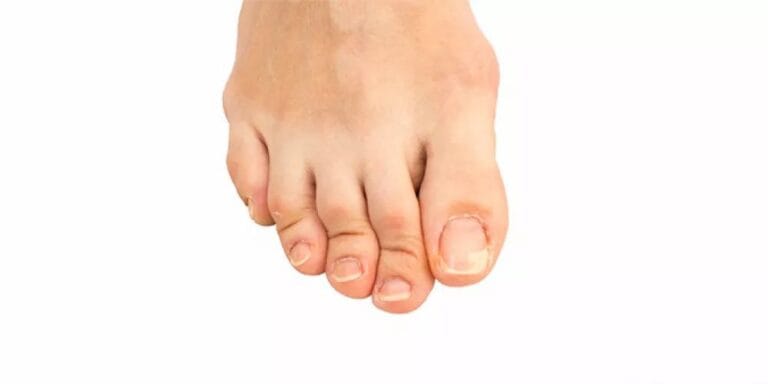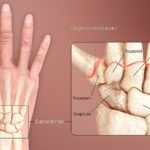Understanding hammertoe, mallet toe and claw toe
Does one of your toes appear to bend in an awkward way, or curl under painfully? If so, you may have a hammertoe.
A hammertoe is a term that describes symptoms and joint changes involving the toes (most commonly the second toe). However, there are other types of toe deformities, including:
- Mallet toe.
- Clawtoe.
- Adductovarus deformity (involving the pinky toe).
These happen when muscles, tendons or other tissues in the toes become shortened or hardened (this is called contracture).The deformity classification depends on the specific location of the contracture, says orthopedic surg.
These deformities sometimes need to be fixed by surgery, but there are several less invasive ways to ease pressure and relieve the pain they cause.
If you have one of these, here are five things you should know:
1. There are two types of toe contractures:
- Flexible: The affected toes can still move at the joint.
- Rigid: The surrounding tendons and tissues permanently tighten, and the joint becomes immobile.
If it’s not treated, a flexible hammertoe can become a rigid hammertoe.
2. Muscle imbalance causes these deformities
A toe deformity occurs when the muscle operating the toe becomes weak and another muscle overpowers that muscle. This results in contracture of the toe.
This muscle imbalance sometimes has a genetic or intrinsic component. If you have a high arch or flat feet, this can inherently cause instability in your foot when you walk.
An injury to the toe, often caused by the shoes you choose, also sometimes causes the imbalance.
Long-term inappropriate shoe wear can compress the digit and cause muscle imbalance to occur. She lists high heels and unsupportive flip-flops as examples of inappropriate footwear.
3. Hammertoe can interfere with daily activities
The digital contracture can result in rubbing on the top of the shoe.
That can cause formation of callus tissue, which can be painful. The callus can then increase pressure in shoe gear, which then increases pain and therefore limits activity.
4. You may not need surgery to ease the pressure and pain in your toes
Doctors can treat flexible hammertoes conservatively.
They may suggest a crest pad or a Budin splint; each has an elastic band that goes around the crooked toe to bring a flexible hammertoe back into the correct position.
Another option is an in-office flexor tenotomy, which is used to cut the overpowering tight muscle tendon to correct the muscle imbalance and reduce the deformity.
For a rigid hammertoe, your doctor may suggest wearing a shoe with a deeper, fuller toe box to ease the pressure on the deformity. If this doesn’t solve the problem, however, surgery to straighten the toe is likely needed.
5. Wearing the right shoes can prevent symptoms from worsening
Toe deformities develop due to unsupported motion, so one thing you can do to prevent symptoms from worsening is to avoid non-supportive shoes, such as high heels and unsupported flip-flops.
She recommends a supportive shoe insert to control abnormal foot motion, as well as a supportive shoe.





